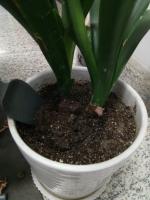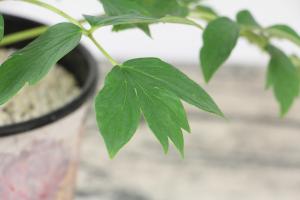Introduction
Dying trees may seem like a cause for concern, but they actually provide important ecological functions. As a tree dies, it becomes a niche for many species of plants and animals. These niches are important for the survival of many species, and the dying tree can become a hub of biodiversity.
Types of Creatures
Much like live trees, dying trees provide a habitat for a plethora of creatures. One such group of animals are known as cavity-nesters. These creatures nest in the cavities created by the dying tree's decaying wood. Animals like woodpeckers, nuthatches, and chickadees all rely on dying trees as a vital nesting spot. Additionally, many species of birds use the dying tree as a feeding ground, as they are able to find insects and other invertebrates living in the decaying bark.
Insects are also attracted to dying trees. Many species of beetles, ants, and termites rely on the dying tree's deadwood as a place to live and feed. These insects in turn provide both prey and protein for other species in the forest.
Plants
As the tree begins to decay, mosses, ferns, and lichens are some of the first species to take root. Without the competition of a healthy tree, these species are able to grow rapidly and create a dense carpet across the dying tree's bark. Additionally, the moisture and nutrient-rich environment created by the decaying tree allows for new species of trees and other plants to take root. Saplings from other trees can take advantage of the high nutrient levels, and sprawling vines like ivy use the dying tree as a support structure.
Ecological Importance
The ecological importance of dying trees cannot be overstated. Not only do they provide important habitat for countless species, but they also serve as vital carbon sinks for the forest. The decaying of the tree releases carbon back into the soil, where it can be more effectively utilized by other plants. Additionally, by providing a diverse range of niches, they promote biodiversity in the forest, increasing the overall resilience of the ecosystem.
Conclusion
In summation, dying trees are not the tragedy they may seem. They may represent the end of an era for the individual tree, but they also open up a world of opportunities for other species to thrive. With their unique role as a habitat and carbon sink, dying trees contribute more to the forest than they ever could have alive. It is important that efforts are made to maintain these trees in the forest, as a vital component in a healthy ecosystem.

 how many times do yo...
how many times do yo... how many planted tre...
how many planted tre... how many pine trees ...
how many pine trees ... how many pecan trees...
how many pecan trees... how many plants comp...
how many plants comp... how many plants can ...
how many plants can ... how many plants and ...
how many plants and ... how many pepper plan...
how many pepper plan...

































